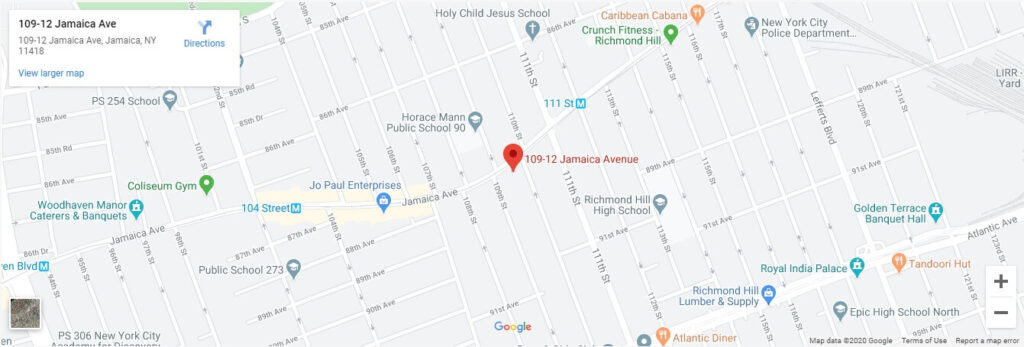Currently there are 9 no fault insurance states in which car owners are required to carried Personal injury insurance (PIP). These states are: Hawaii, Kansas, Massachusetts, Minnesota, North Dakota, Utah, Florida, Michigan and New York.
There are also three states that give drivers a choice between no-fault and fault (known as tort states) Kentucky, New Jersey and Pennsylvania. Under the no fault law should you be involved in a car accident even if the other driver is at fault you must collect for your medical bills and loss of wages from your own insurance company.
This would leave one to believe, if you live in a no fault state you cannot sued for a car accident even if you were at fault for the accident. However, this is not necessarily true. Even in no-fault states you can still be sued for a car accident under certain criteria. This criteria differs from state to state but is usually based on the injured party either meeting what is known as monetary or verbal descriptive threshold for their injury.
Monetary Threshold
PIP insurance companies will only pay up to a certain amount of the injured party’s medical bills and lost wages. Once this threshold is reached you or your insurance company may be sued for the remaining costs or in some cases the injuries must exceed a set amount for the injured party to sue you or your insurance company. The monetary Threshold requirement makes it pretty clear whether the injured part can sue or not.
Verbal Descriptive Threshold
Other no fault states have what is known as the verbal descriptive threshold which the injured party must meet in order to sue you or your insurance company. In the verbal descriptive threshold the injured person must meet a severity of injury requirements which may mean a loss of limb, disfigurement, disability or death.
Some states verbal descriptive threshold is expressed in the length of time you are disabled, such as 180 days.
Comparative Fault or Negligence
To complicate matters even more, some no-fault states also have comparative negligence laws, which means that the injured party may be found to be partially to blame for their injuries. In such cases the finder of fact (jury or judge) assigns a percentage of fault to each party. If an injured person is found to have any fault in the accident and the percentage assigned is 30% then their monetary judgement is reduced by 30%. If they are found to be 50% or more at fault for their injuries they collect nothing.
While living in a no-fault state may limited your risk of being sued if you are involved in a car accident it does not do away with the risk all together. The only sure way of avoiding being sued is to stay alert when driving, stay off those cell phones, and obey all traffic laws. While may not prevent an accident from occurring, it will keep you from being found at fault in the case of a lawsuit.





